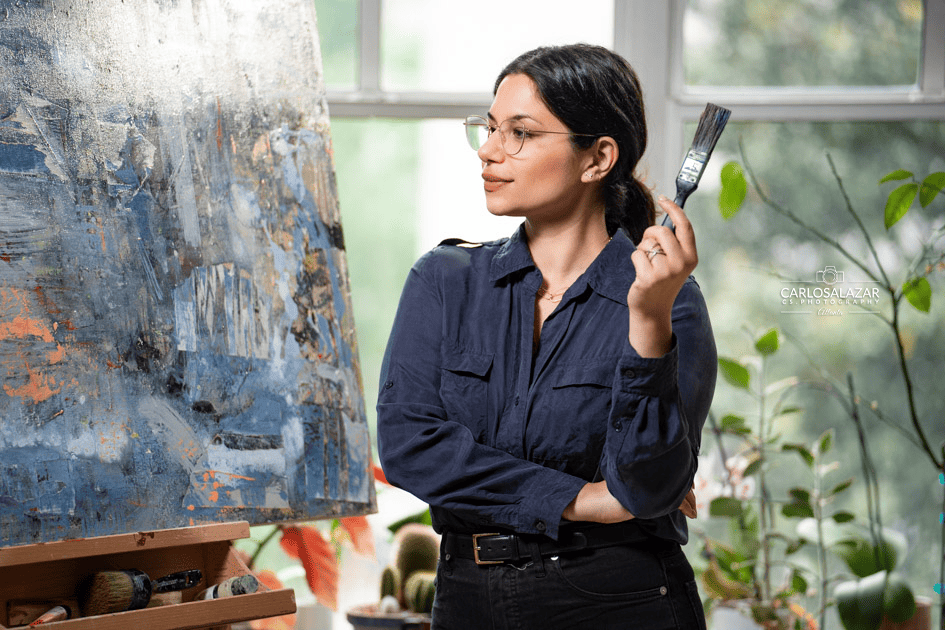
Photographic composition is an art that combines elements within the frame to tell a story, evoke emotions, or highlight a particular subject. Mastering the basics of composition can transform your photographs from simple snapshots into captivating images. Here are key principles and tips to guide you.
Rule of Thirds
The Rule of Thirds is one of the most fundamental principles of composition. Imagine your image divided by two equally spaced horizontal lines and two equally spaced vertical lines, creating nine parts. Placing your subject along these lines or at their intersections makes the photo more balanced and engaging for the viewer.
Leading Lines
Leading lines draw the viewer’s eye towards the main subject of the photograph. These can be anything from roads and fences to patterns and shadows. They create a sense of depth and perspective, guiding the viewer through the scene.
Framing
Framing involves using elements within the scene to create a ‘frame’ around your subject. This can help isolate the subject from the background, drawing attention directly to it. Natural frames include windows, archways, and tree branches.
Symmetry and Patterns
Symmetry and repeating patterns can be visually pleasing and add a strong element of interest to your photographs. When the scene is inherently symmetrical, consider positioning your camera to enhance this symmetry. Patterns, whether natural or man-made, can add texture and depth.
Depth
Creating a sense of depth makes your photo more three-dimensional and lifelike. Use techniques like including objects in the foreground, middle ground, and background, and play with aperture settings to manage depth of field.
Negative Space
Negative space refers to the area around and between the subjects of an image. Using negative space effectively can emphasize the main subject, making it stand out more and giving the viewer’s eye a place to rest.
Balance
Balance involves arranging elements in the photo so that no single part of it overpowers other parts. A balanced composition feels right and harmonious. This can be achieved through symmetrical balance or asymmetrical balance, where different elements have equal visual weight or interest.
Color and Light
Color and light are powerful tools in composition. Warm colors tend to draw attention and can be used to highlight the subject, while cool colors often have a calming effect. The direction and quality of light can dramatically change the mood and feel of a photograph.
Understanding and applying these fundamentals of photographic composition can greatly improve your photography. However, rules are meant to be understood and sometimes broken. Experimentation is key to developing your unique style. So, grab your camera, keep these principles in mind, and start capturing the world in your unique way. Remember, the most important aspect of photography is to have fun and enjoy the process of creating something truly yours.
Explore the fundamentals of photography with our Basic Course, perfect for those looking to enhance their skills. Learn about essential techniques, from camera handling to composing striking images. For more details, visit my course at https://www.carlosalazarphotography.com/cursobasicodefotografia. Find your vision behind the lens.
jairito

